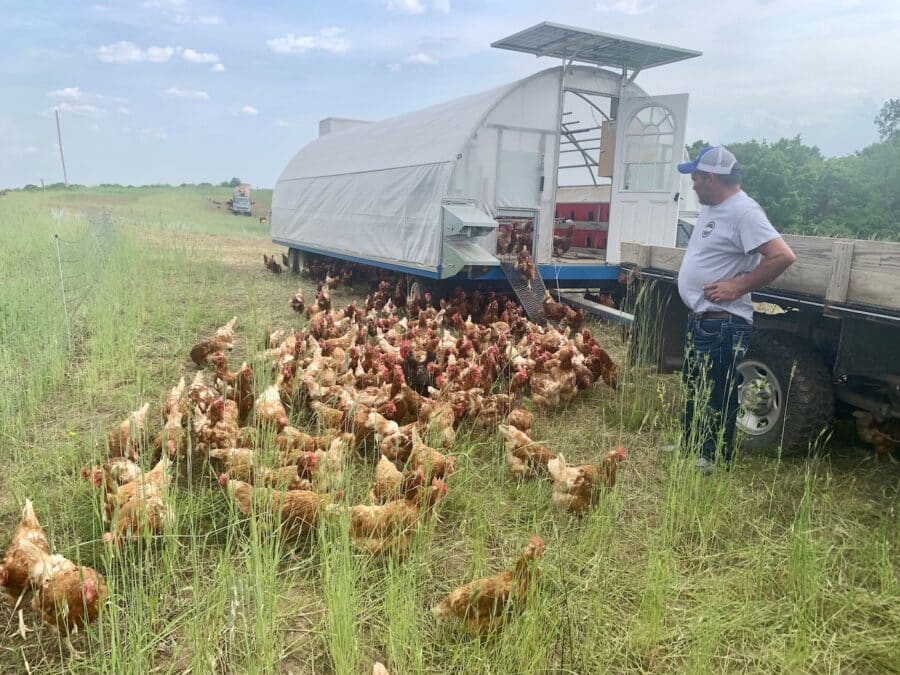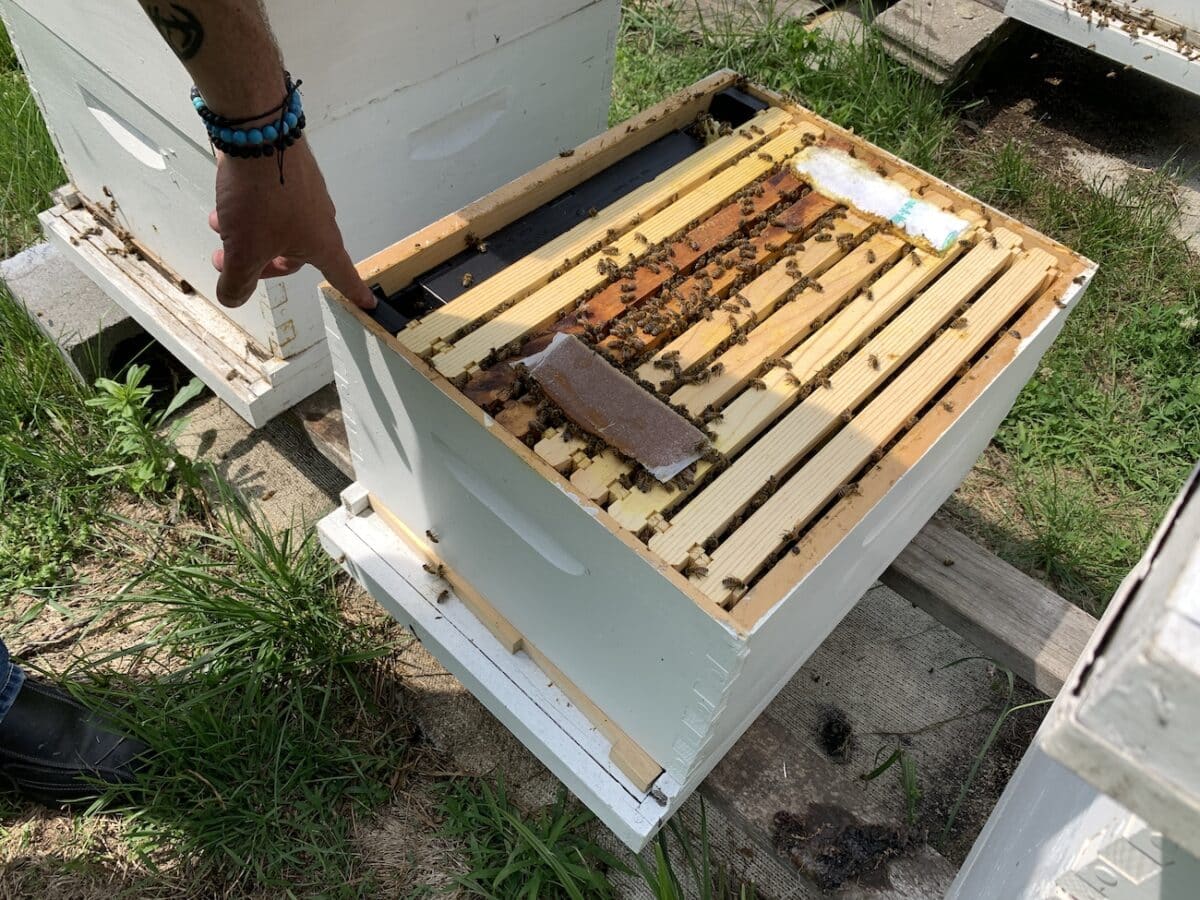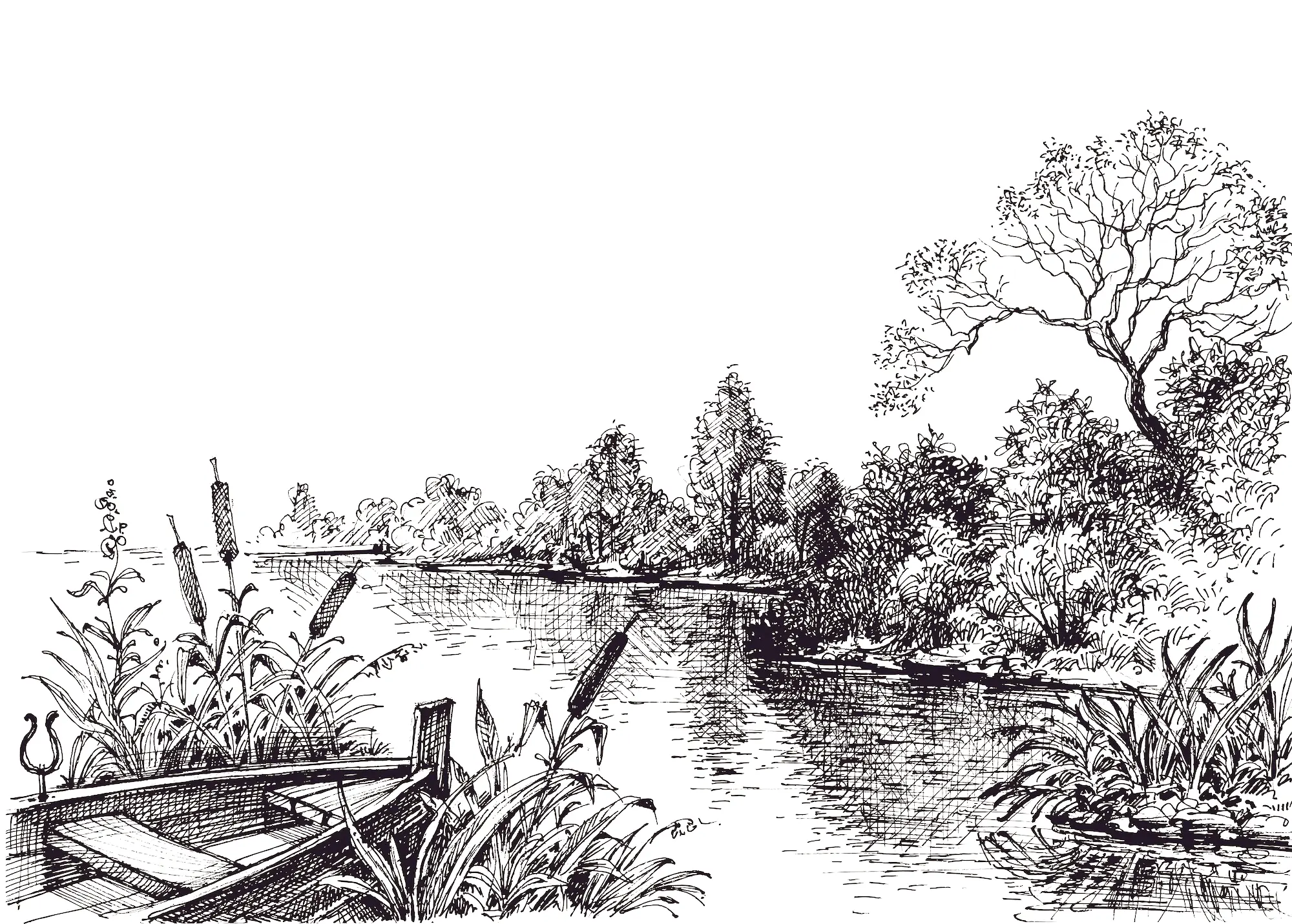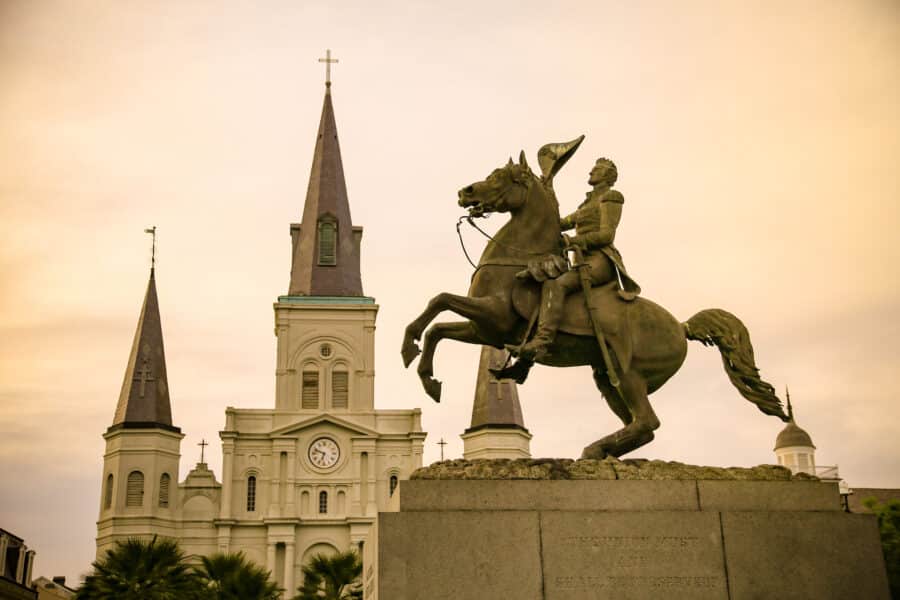On a recent summer day, Timothy Rhodd fearlessly opened the lid on a box of bees and pointed out the hive’s complicated systems.
“It’s pretty cool once you start learning what these insects do for the whole world. And they’re dying and it’s agriculture that’s causing it,” says Rhodd, the chairman of the Iowa Tribe of Kansas and Nebraska.
Tribes Take the Lead on Regenerative Agriculture
Ioway, Choctaw, Muscogee (Creek) and Quapaw share their traditional practices with both Native and nonnative farmers to improve the soil and water for everyone


Not only do the bees produce honey that is sold, but the tribe’s agricultural operation, Ioway Farms, also uses the bees to pollinate its orchard. It’s all part of the work the tribal nation is doing to better farm the land. Rhodd says just a few years ago they used the same row cropping practices as the rest of the Midwest.

“What folks didn’t see was the financials of our operation. We were spiraling downwards,” Rhodd says. “Financially we weren’t a profitable farming operation, and it’s due to the mindsets that’s been instilled in us.”
The tribe decided to stop “chasing yields” and start implementing practices that are better for the soil, such as prescribed burns and cover crops that keep the ground planted all year round. According to Rhodd, the farmers now consider the soil to be the “livestock” of the operation—just as important as the plants that are grown out of it.
Sharing traditional farming knowledge
Now the tribe hopes to share what it has learned with other tribes and farmers in the region. The Iowa Tribe is working on a new project funded by the U.S. Department of Agriculture’s Partnerships for Climate-Smart Commodities, to create the Center for Excellence for Regenerative Native Agriculture (CERNA). Through the center, it will share traditional knowledge and regenerative practices to farmers, Native and nonnative, and help them transition from conventional agriculture to Native regenerative agriculture, while also providing technical and financial assistance.
“The Iowa Tribe people were known as agricultural people. They were known as farmers,” says Rhodd. “And so through this we’re getting to reeducate and say that regenerative agriculture is Indigenous agriculture, that it is from an Indigenous mindset.”

The U.S. Department of Agriculture is making it a priority to support these Indigenous efforts to improve farming practices, according to Josiah Griffin, the policy advisor for economic development and food systems at the USDA’s Office of Tribal Relations. He says the USDA has a “trust and treaty” responsibility to make sure that it is working flexibly with tribes to give them access to USDA programs.
“The partnership with the Iowa Tribe is really kind of the pinnacle or a significant spotlight in our examples of how we’re moving forward in a productive and proactive way in partnership with tribes,” Griffin says.
He added that Indigenous traditional ecological knowledge plays an important role in helping the Biden-Harris administration reach the goal of net-zero carbon emissions by 2050.
“As we look at today’s landscape of changing climates, we recognize Indigenous knowledge as an opportunity for us to be reflective and better meet our trust and treaty responsibilities for our tribes,” he says, “while also elevating and meeting some new benchmarks and priorities that the White House has set for us.”
Other tribal-led projects funded by the climate-smart commodity grants in the Midwest and Great Plains region include a market initiative for buffalo led by the InterTribal Buffalo Council and a financial assistance project for livestock and pecan products with the conservation districts from the Muscogee (Creek) Nation and the Choctaw Nation in Oklahoma.
“It’s providing me hope just because the federal government is putting a significant amount of dollars in these pilot projects to hopefully take out the things that work and start incentivizing some of these producers for the transition into a different model,” says Rhodd.
Relying on one another
Tribes are already sharing regenerative practices with each other. Michelle Bowden, the food sovereignty director of the Quapaw Nation in Oklahoma, says that sharing experiences with other tribes has helped in their regenerative agriculture efforts.
“I’m able to reach out to several other tribes and it’s really amazing because they like to share their knowledge as I like to share my knowledge, and we just kind of talk about things that work,” Bowden says.
The Quapaw Nation’s regenerative agriculture efforts sprang from a food sovereignty assessment it did in 2018. Since then, the tribe has started a farmers’ market, a seed library, new greenhouses and gardens and is even looking into a foraging and permaculture project.
Similar to the Iowa Tribe of Kansas and Nebraska’s changes to its farming practices, one of the driving forces behind these efforts was giving the community access to fresh healthy foods, to improve the health of the tribal members, in addition to the health of the ecosystem.
“We wanna make sure that we take care of Mother Earth and the soils and the waters and everything around us and bring back traditional foods. Things that are not highly processed,” she says.
However, Bowden says that like many other tribes, pieces of their land have been sold off, leaving a checkerboard of tribal and non-tribal land. The tribe is trying to get much of that land back.
Bowden says it can be challenging for tribes to keep up regenerative practices when not all the land is owned by the tribe. For example, it became necessary to reach out to other producers when pesticides they were using on crops started to waft towards the tribe’s apiary.
“It’d be nice if we can get everybody else involved in this; just all, all of the community,” Bowden says, ”we really need to bring a sense of community back.”
The Iowa Tribe of Kansas and Nebraska is having similar challenges—particularly with nitrates from conventional practices on other farms contaminating its water. It was part of the reason why the CERNA was started, says Rhodd.
“We’ve only got 12,036 acres within the reservation. And currently we only own half of that, so we still today do not have the full control of our homelands,” he says. “But if we can find ways through CERNA to change the practices and the mindsets of these producers and reeducate those folks, we can have better water.”
This story was produced in partnership with Harvest Public Media, a collaboration of public media newsrooms in the Midwest, and the Mississippi River Basin Ag & Water Desk, an editorially independent reporting network based at the University of Missouri in partnership with Report For America.

Eva Tesfaye reports on agriculture, food and water issues for Harvest Public Media and the Mississippi River Basin Ag & Water Desk. She is based at KCUR in Kansas City, Missouri. She previously worked at NPR’s daily science podcast "Short Wave" as a producer, where she also reported and hosted episodes about horticulture and energy. She graduated from Columbia University with a B.A. in English. She is an Eritrean-American who grew up in South Africa before moving to the United States. Contact her at etesfaye@kcur.org or on Twitter @EvaRTesfaye.
Have thoughts or reactions to this or any other piece that you’d like to share? Send us a note with the Letter to the Editor form.
Want to republish this story? Check out our guide.
More from Barn Raiser








